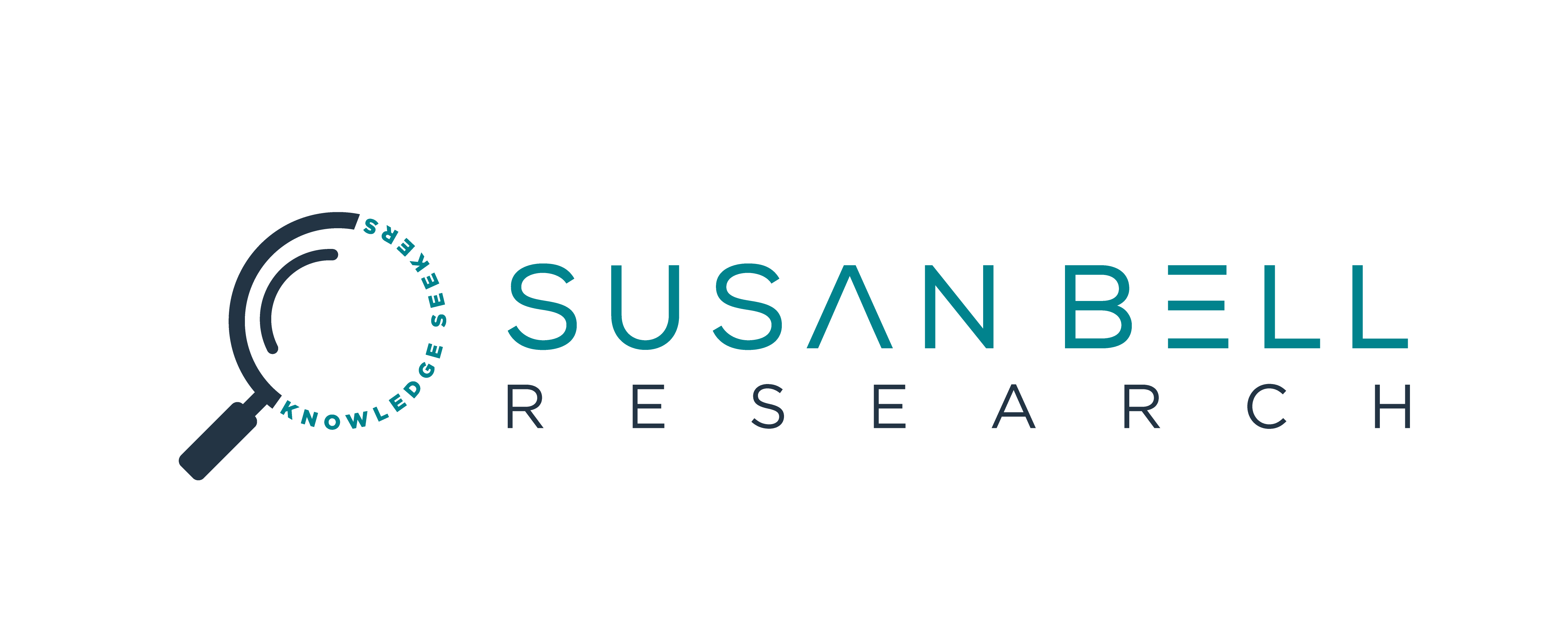How to get rid of gobbledygook from your writing
You know what gobbledygook is!
It is the letters, emails and official documents that businesses and goverments send to their customers.
- That are written in technical and legal language that customers are not familiar with.
- And usually comes with dense formatting and long sentences.
The big question is ‘why do businesses do this?’
- Perhaps they don’t care if their customers understand or not?
- Perhaps they assume that their customers will understand? AND/OR
- Perhaps they don’t realise that that they can test their content with users?
I do not believe the first. The businesses and government agencies I work with do care. The truth I think is the second and third. They assume and do not realise they can use research to find out.
Why do businesses make these wrong assumptions?
From all the testing research we have done, we have identified three reasons why some businesses and governments wrongly assume that their customers understand their content and end up writing gobbledygook.
- They have never asked. Customers generally don’t spontaneously give feedback about the documents they recieve. If customers dont understand, they will often just scan the document and then ignore it. You won’t know about this unless you ask.
- They write in technical or legal language that they thesmelves had to learn when they joined the industry or department, forgetting that others have not had the same experiences.
- They think they have to. Some people wrongly assume that the style of the document is more important than the content. That is, they insist on writing in a formal and ‘work voice’ style, while disregarding the fact that the most important thing is to be understood.
Testing with users is the gold standard
To quote from Jakob Nielsen:
The reason we conduct user research instead of relying solely on the 10 heuristics and other usability guidelines is that humans always have unexpected behaviors. How do we know what people want, need, or prefer? This cannot be predicted, any more than we can predict the future. We can estimate, yes, and the 10 heuristics encapsulate decades of hard-won experience with the types of user interfaces that are easy and difficult.
Jakob Nielsen https://www.uxtigers.com/post/ai-can-cannot-do-uxWe use user testing methods to solve these problems
The 10 heuristics that Jakob is referrring to in this quote are wonderful startpoints for any writer. They include such wise and necessary advice as to write in a way that prevents people from making mistakes and not to expect users to remember.
As he says, these guidelines are great, but they are not enough if a business or government needs to convey complex information to customers. You need to find out from actual users.
What testing content with users reveals
- The words and phrases that your customers don’t understand – or misunderstand. In one of our tests, we were able to show a client that their insurance customers dd not know what ‘from inception’ meant. Testing shows you what words to use instead.
- The wrong assumptions that customers make about your product and processes. For example, we have worked with insurance customers who claimed on thier insurance policies for features they were not covered for. Testing shows you how to explain your product and processes clearly.
The disciplines and frameworks we use
Confidentiality and privacy
We are members of the Research Society and are therefore bound by the Code of Professional Behaviour that protects the privacy of your members and the confidentiality of your information. We are also accredited to the ISO 20252 standard for both qualitative and quantitative research and as such a have strict data protection and information security protocols in place.
To find out more.- contact Sue.

We would love to hear from you, and are always happy to talk through research methods and options with you, if you are not sure what you need. Why not get in touch for a free, obligation-free, and confidential conversation.
Find out more about Susan Bell Research.






